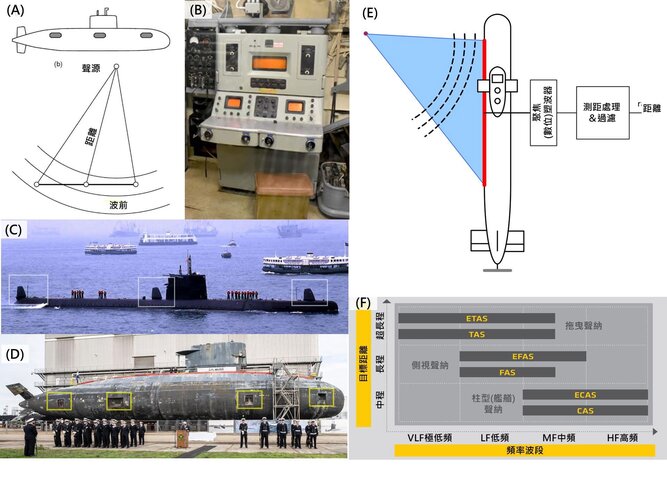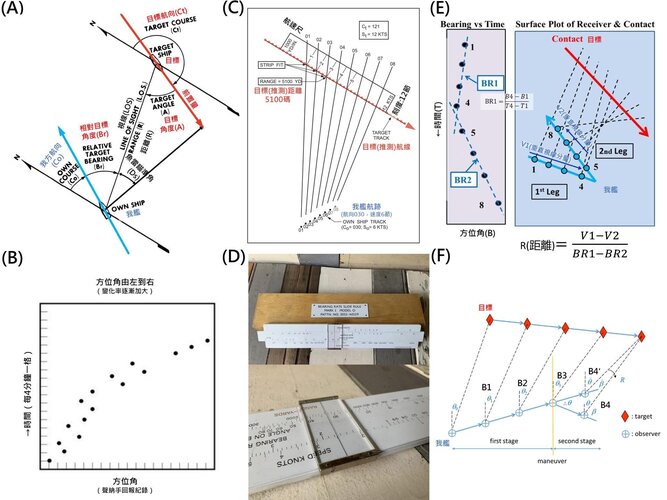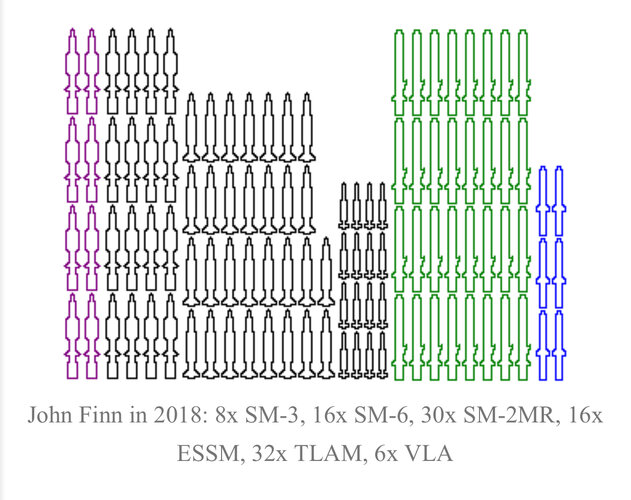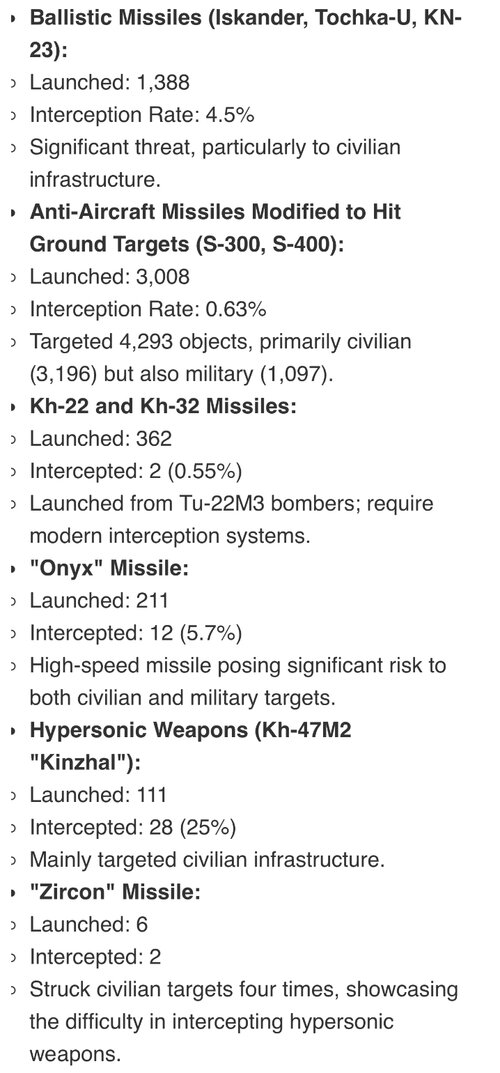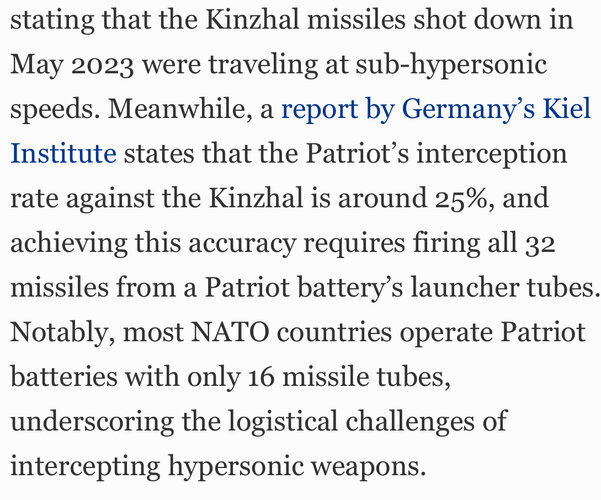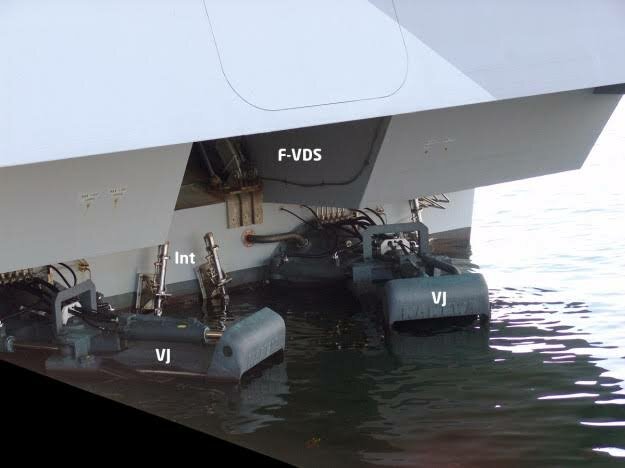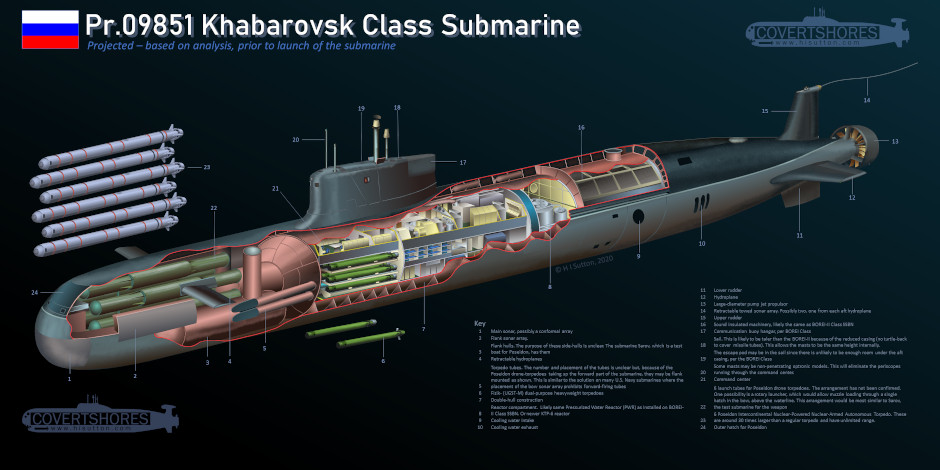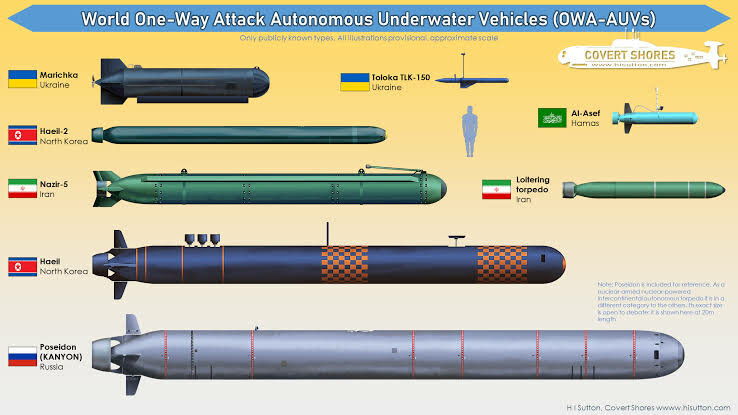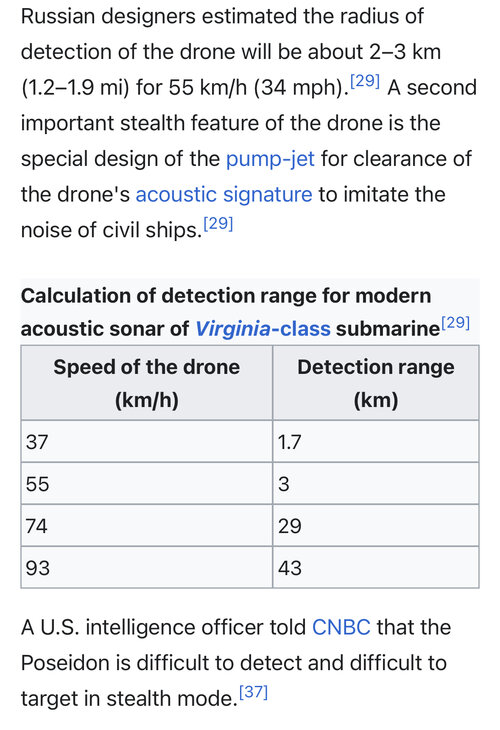Erm... first of all, why do you assume it's a problem? Boomer submarine have nuclear reactors even close to warheads (at least relatively).
Boomers also have
human-habitable-levels of radiation shielding between their reactor and the missile compartment, at least in the USN. I would hope that the Russians would as well, since training submariners is not easy.
My total dose from one patrol was
negative. Well, below background, technically, since the background count assumes you're on the surface and not under a couple hundred feet of seawater to stop extra cosmic rays etc.
Secondly, I fail to see why a shield bulkhead - or simply a ballasat tank - can't be installed inbetween. Water is quite good in neutron absorbtion.
The closer the warhead is to the reactor, the greater portion of the radiation emission sphere gets absorbed by the warhead.
It's the shadow shield concept.
The SSBN doesn't
need to give full shielding out to the edges of the reactor compartment, because that area is going out into the ocean, not into the crew. Just needs full shielding on the forward and aft reactor compartment bulkheads.
Thirdly, as far as I know, modern boosted-fission cores are immune to neutron poisoning; even the incomplete assembly would still be "hot" enough to activate fusion inside, and the fusion would "afterburn" the fission fuel around.
I'm not willing to buy that for long term radiation exposure. Instantaneous neutron flux, sure. Sustained, over the course of an hour? Doubtful.
I'm assuming a nice big fission-fusion-fission device to get to 100MT, full Tsar Bomba style.
What happens when U238 (in the outer tamper) catches a neutron from your running reactor? It turns into U239 that then pretty much instantly decays into Np239 (~20 minute half-life), which then decays into Pu239 (~2 day half-life).
Np239 doesn't seem to be fissionable, or at least I'm not finding anything online saying what the fission fragments are.
Now, Pu239 can spit out an alpha particle (helium atom) and turn into U235. Nicely fissionable when you smack it with a neutron, does not prevent full kaboom, but it will be a little lower energy (~2% or so) than a Pu-boom.
Or Pu239 catches a neutron and turns into Pu240. Pu240 is a nasty contaminant in nuclear weapons, it has so many natural fissions that it's very likely to cause a fizzle or predetonation (small partial boom, not full yield). Anything over 7% Pu240 won't go boom the way you want it it.
Pu239 that caught a neutron and fissions typically turns into Xenon and Zirconium, and those are highly highly-radioactive isotopes that decay further.
The concern (from the designer's POV) is that the Pu240 will cause a fizzle of under a kiloton.
